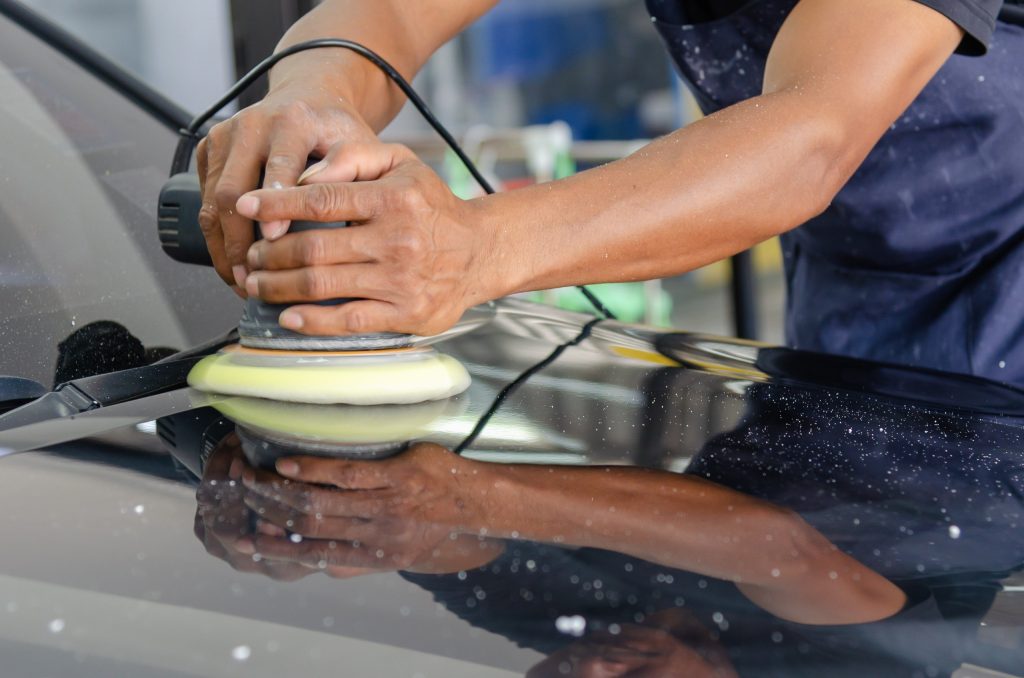
How do we know if a translation is good? Most people probably think of accuracy first, but we shouldn’t forget about style. Of course, a translation must accurately reflect the meaning of the source. But the way it expresses this meaning is also important.

The style should always be tailored to the context and the audience: a marketing text needs a certain kind of writing, while an international development report requires a very different tone. Style is especially important for writing that wants to inform and convince: to convince someone to buy something, to convince someone of an argument, or simply to convince them to continue reading! After all, the reader will close the book or navigate away from the screen if they don’t feel engaged.
Here are some translation strategies for dealing with common features of French style, along with tips for efficient revision. For this post, I’ve cherry-picked points from a talk I gave at the October 2020 virtual ATA conference. Examples are all from my own translations.
Creating Contrast with Si
Si is a very common connector word in French that can be translated a variety of ways. When si is used for contrast, the word “if” is a lot weaker in English, and alternatives will make a stronger impression. Here’s an example:
French: Si la Baigneuse est un sujet traditionnel de la peinture et de la sculpture, Picasso l’investit d’une manière toute singulière.

English translation 1: While the bather is a traditional subject in painting and sculpture, Picasso treated it in a very unique way.
English translation 2: Although the bather is a traditional subject painting and sculpture, Picasso treated it in a very unique way.
English translation 3: The bather is a traditional subject in painting and sculpture, but Picasso treated it in a very unique way.
These are all acceptable choices for translating “si,” though the second two versions are probably more common in US English.
Don’t “Bury the Lede”

“Burying the lede” means hiding the most important information later in the news story, instead of emphasizing it at the beginning. Here’s an example where the translator should move the essential information to the front of the sentence in English:
French: Au fil des années, sous l’impulsion de ses directeurs et de ses ingénieurs qui, sous l’influence du terrain et des chantiers, ont créé leur propre champ de recherche, le LRMH a grandi.
English translation: The LRMH has grown over the years, spurred on by its directors and engineers who have created their own field of research through fieldwork and major projects.
Reordering sentences improves the translation more often than you might think. Here’s a sentence from a report on young people and the internet. It took me some time to figure out how I wanted to rework it for a stronger effect in English:

French: La nécessité de mieux comprendre le rapport des jeunes à Internet, aux plateformes et aux réseaux sociaux apparaît d’autant plus forte dans la période actuelle où les mesures de confinement liées à la crise du Covid-19 impliquent une utilisation plus grande des outils numériques.
My initial translation followed the French sentence structure:
English translation 1: The need to better understand young people’s relationship to the internet, social media, and online platforms appears even more crucial in the current period, when isolation measures due to the Covid-19 crisis involve increased use of digital tools.
When revising, I thought this sounded a bit stilted. So, I asked myself: how would this sentence read if I saw it in an English-language report? I decided to rearrange the relationship between the two key elements: “in the current period” and “even more crucial.” This is what I came up with:
English translation 2: Today, when isolation measures in response to the Covid-19 crisis have increased the use of digital technology, it is more crucial than ever to understand young people’s relationship to the internet and social media.
What’s the Best Way to Revise for Style?

Does this mean we should revise our translations over and over again to perfect their style? No. With tight deadlines and a demanding workflow, this just isn’t practical. Plus, you can tinker with a translation forever without coming up with a single “right” version. So, how can you approach revising in a way that’s both effective and efficient?
Here are a few tips:
- If time allows, set your translation aside and revise it later when you can take a fresh look at it and catch any phrasing that sounds awkward.
- Read over your translation while putting the source text aside. Read aloud to check for readability. This can help catch proofreading errors too!
- Make stylistic changes in the context of surrounding sentences. For instance, instead of repeating the conjunction “but” in two adjacent sentences, rephrase one sentence with “although.”
Extra Tips

- Know yourself and your tendencies!
- If you translate fast, you may have produced an overly literal translation. Make sure to set the translation aside and read it afresh when revising. This will help you focus on issues of style.
- If you tend to be a perfectionist, estimate how long revising should take. (You’ll need to come up with your own sense of this timing, based on the fee for the job, client expectations, the purpose of the translation, and so on.) Then set a timer. Check the timer and pace yourself as you revise so that you don’t spend too long on any one section.
Now you’re ready to polish those translations until they shine!

An ATA-certified French-to-English translator, Kate Deimling loves learning new things, whether she’s translating a museum audioguide or a report on climate change or writing copy about gemstone jewelry. She holds a Ph.D. in French and previously worked as a French professor and an art journalist. She has translated six books and her volunteer activities include serving on the PR committee of the ATA and directing the mentoring program of the New York Circle of Translators, an ATA chapter. In her free time, she enjoys reading, writing, cooking, and playing word games. You can find her online at katedeimling.com.

